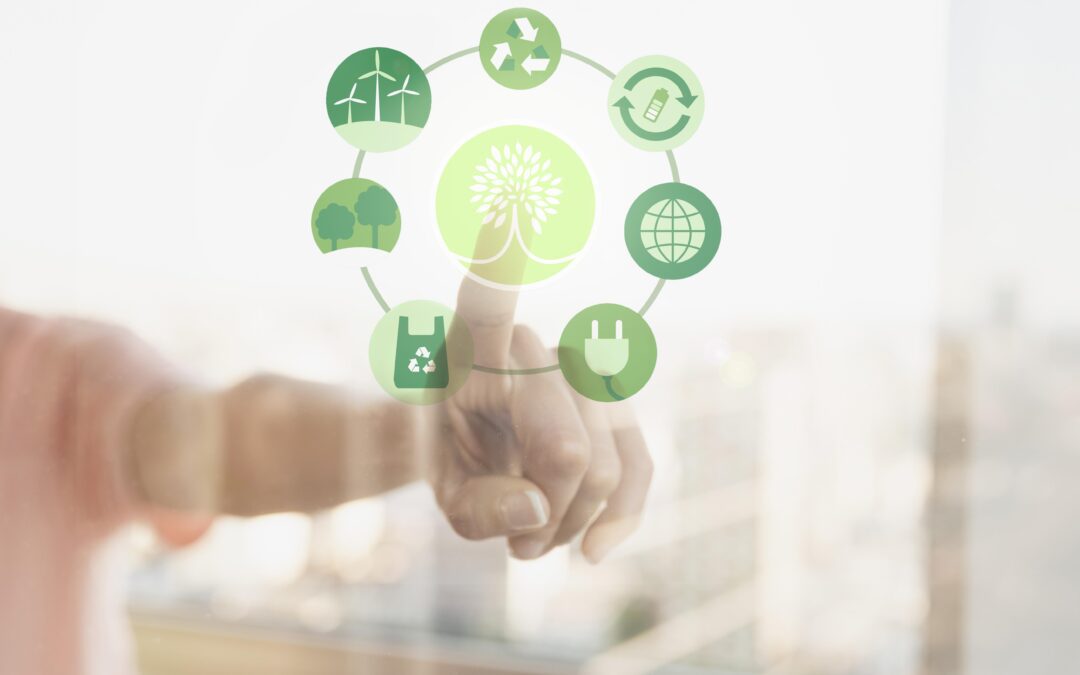In today’s world, environmental awareness has reached unprecedented levels. Faced with challenges such as climate change and biodiversity loss, the need for sustainable solutions has become imperative. It is in this scenario that green technologies (Green Tech) emerge as the key to a healthier and more equitable future.
What is Green Tech?
Green Tech, or green technology, encompasses the development and implementation of technological innovations designed to mitigate environmental impact and promote sustainability. This term covers a wide range of sectors, from renewable energy to efficient resource management and sustainable mobility.
Renewable Energy: The Heartbeat of Green Tech
One of the highlights of green technology is renewable energy. The transition from fossil fuels to sustainable sources such as solar, wind, and hydroelectric power is essential for reducing greenhouse gas emissions. Specific examples include:
- Photovoltaic Solar Panels: Devices that convert sunlight into electricity, used in both large-scale installations and residential systems.
- Wind Turbines: Structures that harness wind energy to generate electricity, prominently featured in wind farms as a clean and renewable source.
Continual innovation in energy storage facilitates a smoother transition to a fully sustainable electrical system.
Sustainable Mobility: Beyond Fossil Fuels
Sustainable mobility is another fundamental pillar of Green Tech. The development of electric vehicles and the expansion of charging infrastructure are revolutionizing how we move. Specific examples include:
- Electric Vehicles (EVs): Automobiles powered by electric motors and fueled by rechargeable batteries, reducing dependence on fossil fuels.
- Charging Infrastructure: Fast-charging stations and distributed charging points that facilitate the recharging of electric vehicles, paving the way for more sustainable mobility.
Efficient Resource Management: Reduce, Reuse, Recycle
Green technology focuses on optimizing resource usage. From intelligent energy monitoring in buildings to the implementation of advanced recycling technologies. Specific examples include:
- Internet of Things (IoT) for Buildings: Smart sensors that monitor energy consumption, automatically adjusting lighting and climate control to maximize efficiency.
- Advanced Recycling Technologies: Innovations such as automated waste sorting and more efficient recycling processes, contributing to reduced pollution and promoting a circular economy.
Green Innovation for Businesses and Consumers
The drive towards sustainability not only benefits the planet but also provides opportunities for business innovation. Specific examples include:
- Blockchain for Sustainable Supply Chains: A digital guardian ensuring traceability and transparency in the supply chain, guaranteeing sustainable practices from production to consumer delivery.
- Personal Carbon Footprint Applications: Tools that enable individuals to calculate and reduce their carbon footprint, providing valuable information for conscious decision-making.
Challenges and Future Opportunities
Despite advances, challenges remain in the widespread adoption of green technologies. Continued investment in research and development, as well as government policies fostering sustainability, are essential to overcoming these obstacles.
In summary, Green Tech is not just a collection of technologies; it is a comprehensive approach to addressing current environmental challenges. As we move towards a more sustainable future, green technology stands as a powerful ally in building a world where innovation and environmental preservation coexist harmoniously.

